It is one of those sites you hear about but never seem to get round to visiting.
Unless you are a regular visitor to Jurby beach you may not have come across the shipwreck that still lies submerged in the sand almost 100 years later.
Earlier this year, a friend and I decided to embark on a quest to find the wreck of the herring fishing vessel ‘Pasages’.
It was on December 3, 1931, under the command of her skipper William James, while heading back to Fleetwood from fishing grounds off the north west coast of Ireland, Pasages encountered a severe gale,
The crew were not only battered by the winds but also sleet and rain. At 6am that day, in pitch darkness, Pasages ran aground on the beach below St Patrick's Church, Jurby.
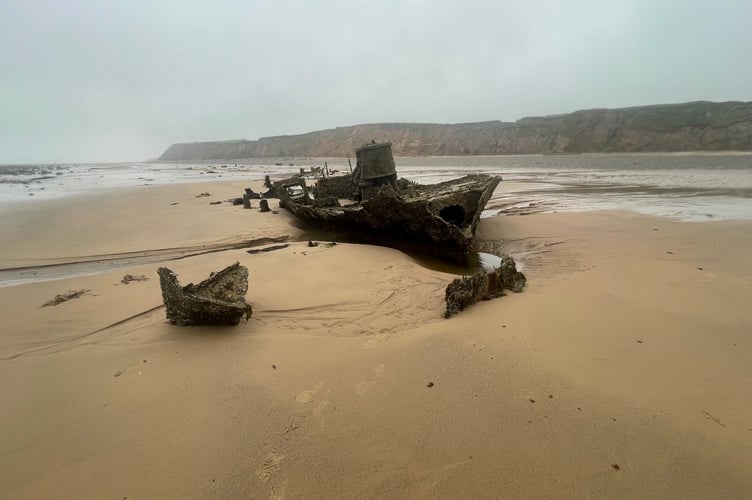
Her skipper immediately tried to back the vessel off the sand, however the vessel would not budge as it was pummelled by the gales. He decided to send up distress flares and a rescue attempt was made by the Ramsey and Peel lifeboats.
Despite the challenging conditions all 13 members of the crew were rescued. However, the vessel could not be salvaged and remains there more than 92 years on.
Firstly, check the tide times unless you want to swim out to the wreck and possibly dive down! It has to be a pretty low tide to be able to walk up to it.
The best place to access the beach is by turning off the main A10 road onto the Sartfield Road and then you can park up near the water treatment works. There is then a path which takes you on the beach.
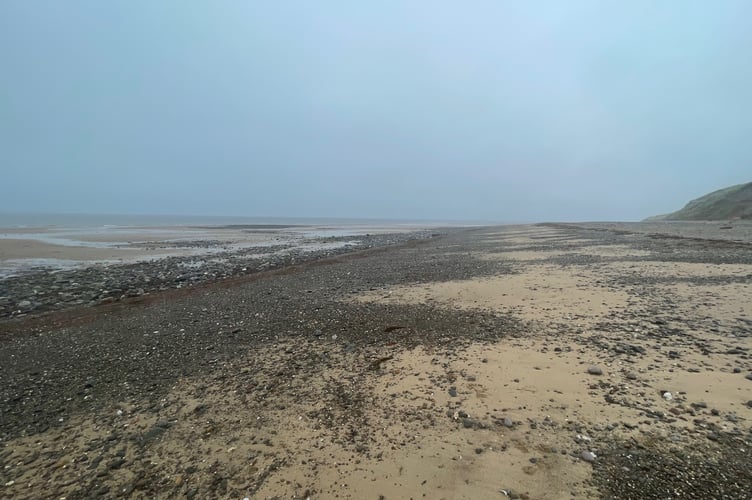
However, there have been complaints from nearby residents about parking in the past so be respectful and if it is busy then, perhaps, come back another time. The wreck has been there nearly 100 years so it won’t be going anywhere any time soon.
Now, this is the important bit. You need to turn left when you reach the beach. We initially turned right and walked for about half a mile before instinctively feeling we had gone the wrong way.
We went in search of the wreck back in May during a miserable day but it still proved very rewarding so you can mark it down as an all-year kind of walk.
Jurby beach is beautiful at low tide with an expanse of sand with the cry of the oyster catchers by the shoreline and lone yachts sailing by.
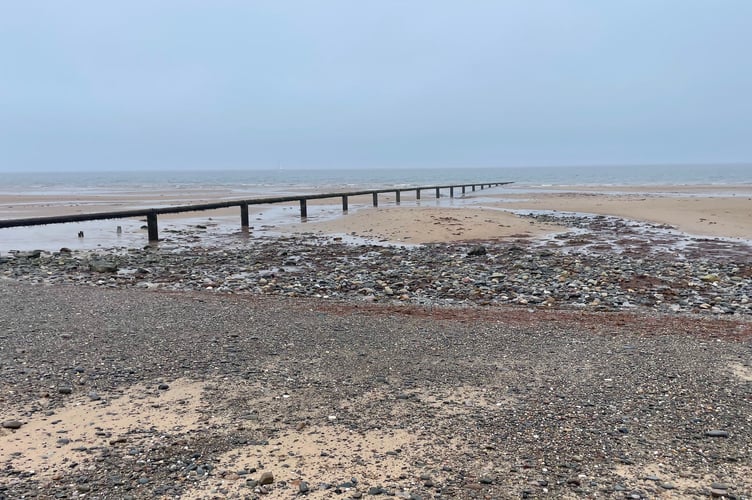
Even in the driving rain you could still appreciate the bleak beauty around you.
There are rivulets running down into the sea which you will have to navigate so wellies or hiking boots might not be a bad shout. Also, you may not time it quite right and end up at the wreck with ankle deep water all around.
As we trudged through the arrowing downpour we began to see the outline of what looked like a wreck. As we got closer the outline became clearer and, indeed, it was a row of rocks!
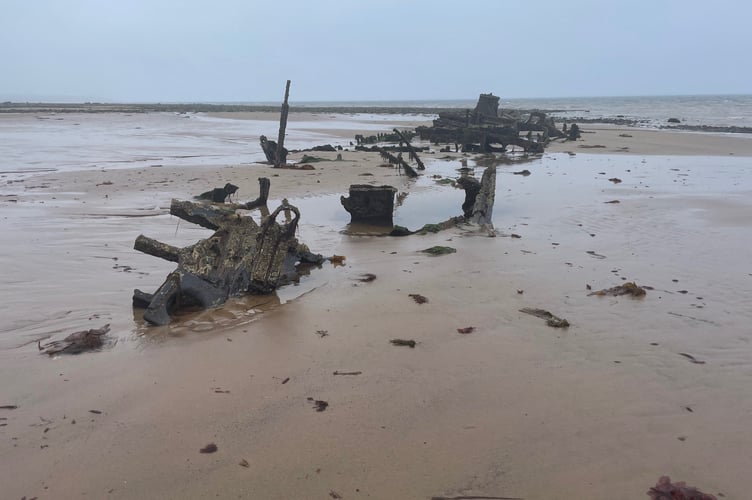
However, just a few hundred metres further on and finally the wreck came into view.
It was probably about a kilometre or just over half a mile to the wreck so it wasn’t far. Of course, if you want to stretch your legs you could always walk towards Glen Wyllin to the south or Blue Point to the north.
The reck is rather deceptive depending on what angle you view it. My initial reaction was: ‘Is that it?’
But the side facing north is sunk into the sand more. But once you go round to the other side you can see that it was once a decent sized-herring vessel.
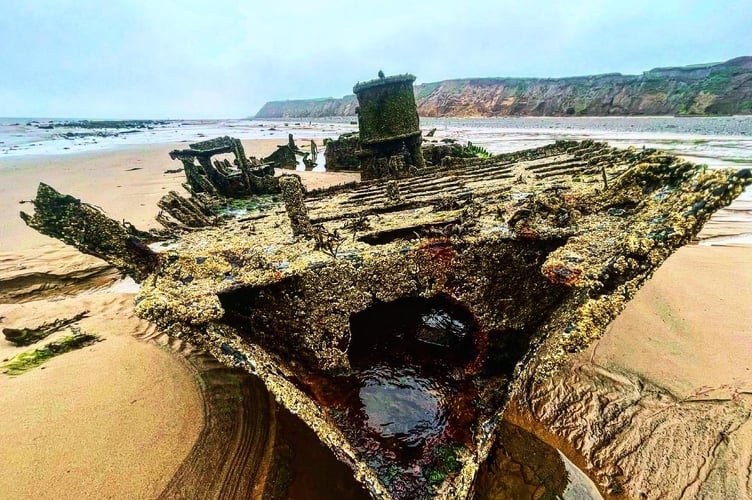
I may have it the wrong way round but it looks like the bow of the ship is still very prominent while the stern is sunk into the ground somewhat. When you walk alongside it you can see how big it once was.
Amid the barnacle-encrusted structure there is still some fascinating detail which can be seen and you can peer through the hollows of the hull.
It is a powerful and eerie site but thankfully not a monument as all survived. However, it is a stark reminder of the power of the sea and the challenges faced by those working at sea.
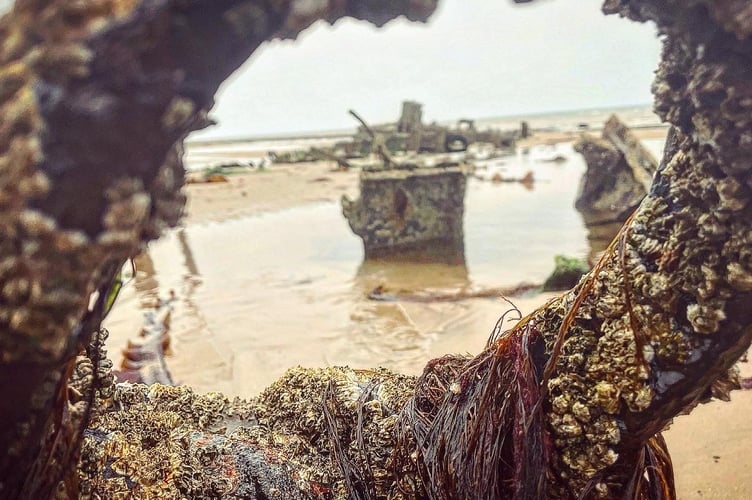
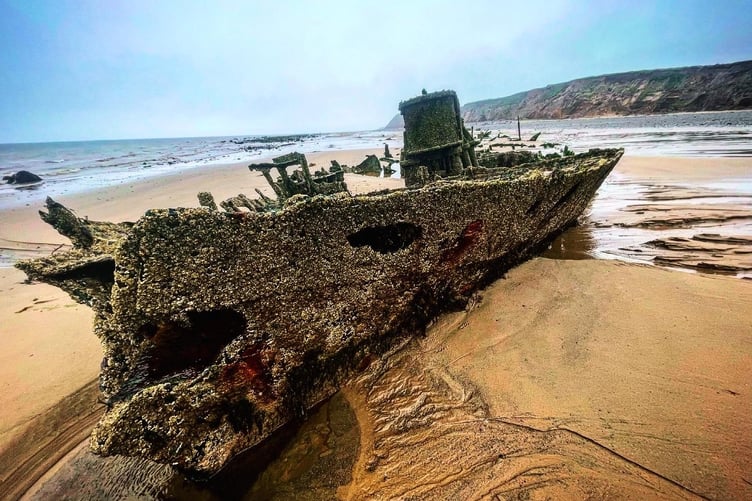
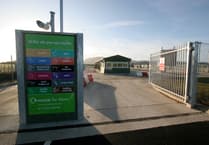
.jpeg?width=209&height=140&crop=209:145,smart&quality=75)
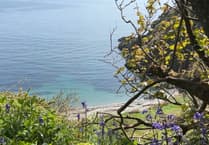
.png?width=209&height=140&crop=209:145,smart&quality=75)